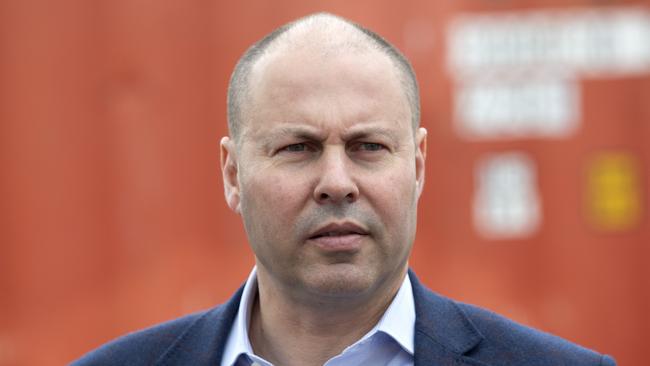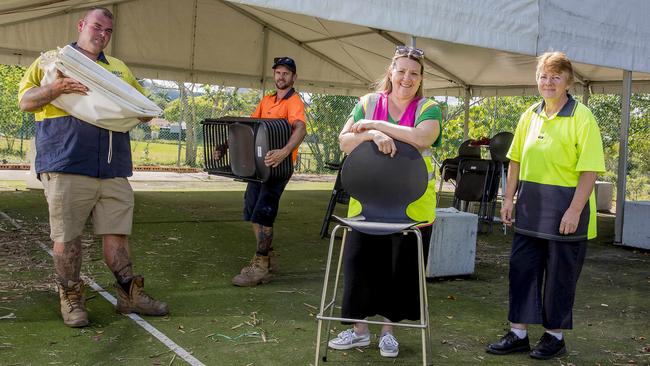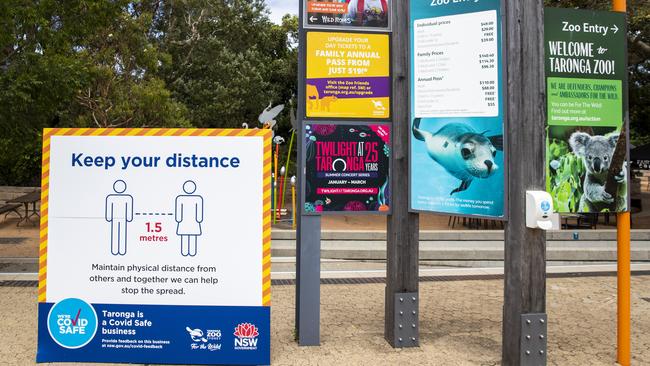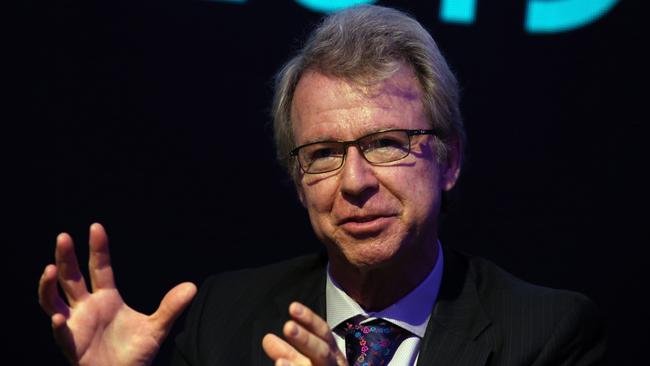COVID-19 recovery: 2 million workers left JobKeeper in solid signs for nation
Treasurer Josh Frydenberg says the lower take-up of the JobKeeper extension for the December quarter was “further evidence” Australia was recovering from “once-in-a-lifetime” pandemic.
NSW
Don't miss out on the headlines from NSW. Followed categories will be added to My News.
More than two million employees came off the federal government’s JobKeeper wage subsidy last month in a promising sign the economy is recovering from the coronavirus pandemic faster than expected.
The federal budget had anticipated about 2.2 million people would receive the two-tiered payment in the December quarter, but preliminary data released to be released tomorrow shows the actual take up was 1.5 million — 700,000 less than forecast.
Treasurer Josh Frydenberg said the lower take-up of the JobKeeper extension was “further evidence” Australia was recovering from the “once-in-a-century” pandemic.

“Recent economic data shows that outside Victoria, employment has recovered to be less than one per cent below March levels with some 650,000 jobs created in the past five months nationwide,” he said.
“While there is still a long road ahead, these are promising signs that our economic recovery is well underway.”
Mr Frydenberg said about 86 per cent of current JobKeeper recipients qualified for the full-time worker payment of $1,200 a fortnight, while about 14 per cent received the part-time amount of $750.
“For the two JobKeeper fortnights in October, around 500,000 entities have had applications processed covering more than 1.5 million employees,” he said.

When the wage subsidy began in March, more than 3.6 million workers were covered by the scheme, with payments totalling about $70 billion in the first six months.
As state and territory governments unveil their 2020-21 budgets, NSW has emerged as one of the strongest performers even though it was among the hardest hit by the COVID-19 outbreak.
NSW net debt is expected to reach $53.2bn this financial year, before ballooning out to $104.3bn by 2023-24.At the same time Victoria is expecting $86.7bn in net debt, which will grow to $154.8bn in four years.

Queensland is yet to reveal its delayed state budget, but in Western Australia net debt is forecast to go from $39.3bn this financial year, to $42.8bn over the forward estimates.
Despite its huge debt level, NSW is expecting to grow its economy out of the red and be just $500 million shy of a surplus by 2023-14.
At the same time Victoria, which was ravaged by a second wave of the coronavirus, will still be $5.9bn in deficit.
Even states with minimal coronavirus cases, including WA, SA and Tasmania, will only have managed to reach razor thin surpluses.

AMP chief economist Shane Oliver told The Daily Telegraph said the entire country, particularly NSW, was doing better than expected when the pandemic first hit.
“Generally speaking the jobs have been a lot stronger, 75 per cent of jobs have already come back according to the official labour force figures,” he said.
Mr Oliver said even though the service economy had lagged in NSW, the state had been strengthened overall by the boost in the sale of goods.
“More recently it does seem like the service side is picking up again too, particularly when you look at restaurants and cafes,” he said.



